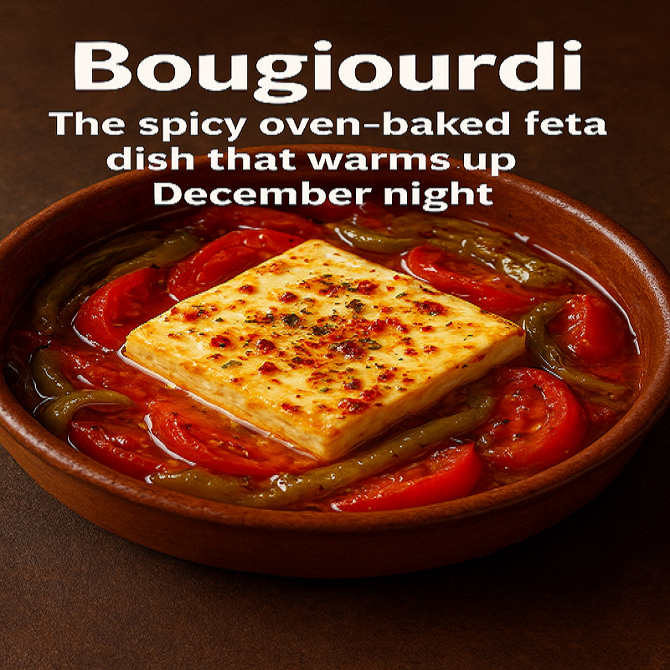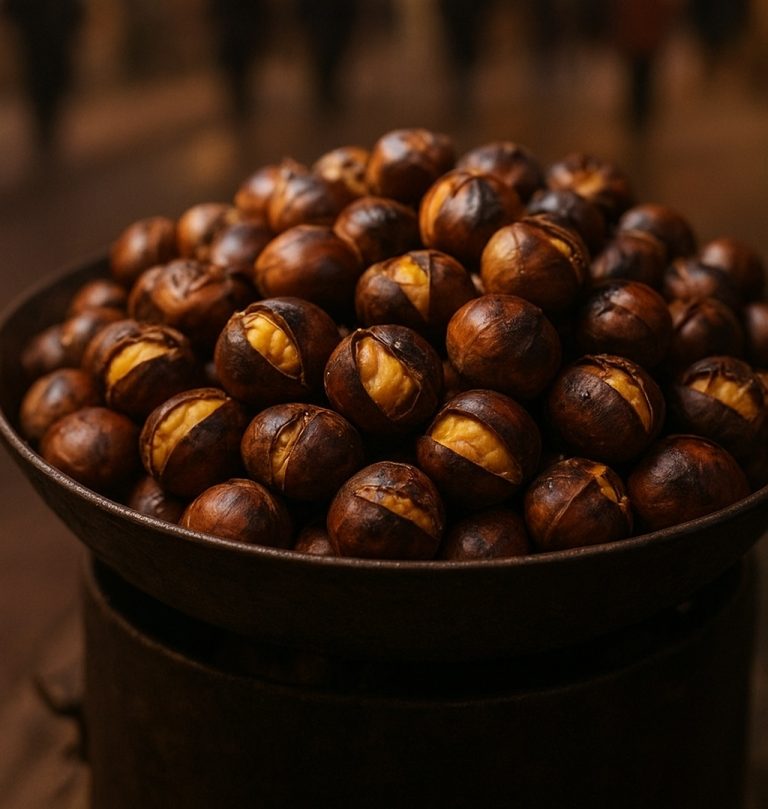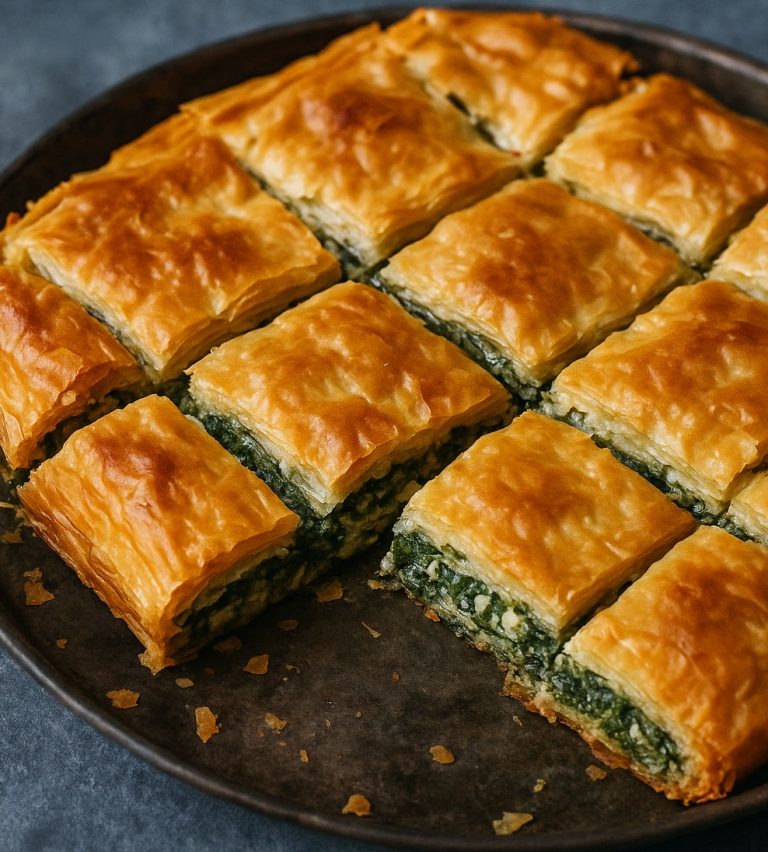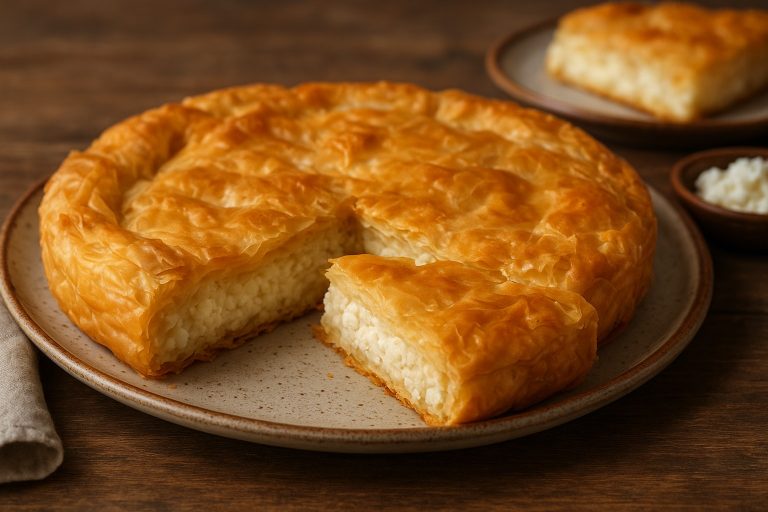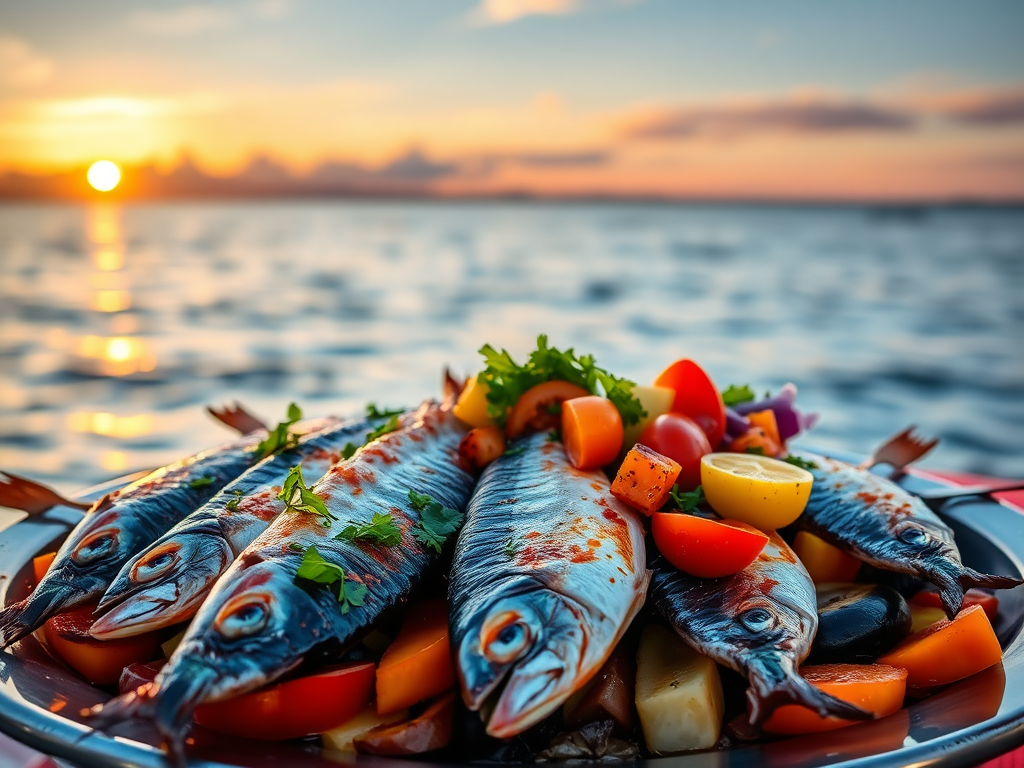
Lavraki, commonly known as Greek sea bass, is a highly prized fish in culinary traditions. Renowned for its delicate flavor and firm texture, lavraki has become a staple in many seafood dishes. This article delves into its characteristics, culinary uses, health benefits, and sustainability, making it a favorite among chefs and home cooks alike.
Characteristics of Lavraki
Physical Appearance
Lavraki (Dicentrarchus labrax) is a species of sea bass typically found in warm coastal waters. It features a sleek, silver-blue exterior, with a lighter, almost white underbelly. The fish can reach lengths of up to 1 meter, but it is usually harvested at smaller sizes, which are more tender and flavorful. Its body is streamlined, making it an agile swimmer, and it has a series of fine scales that give it a distinct appearance.
Flavor Profile
The flavor of lavraki is mild and slightly sweet, making it an excellent choice for various culinary applications. Its firm texture allows it to hold up well during grilling, baking, or sautéing, while also absorbing flavors from marinades and spices effectively. This versatility makes lavraki a favorite among chefs who appreciate its ability to complement a wide range of ingredients.
Culinary Uses
Lavraki is celebrated for its versatility in the kitchen. Here are some popular ways to prepare and enjoy this delightful fish:
1. Grilled Lavraki
Grilling is a favored method for lavraki, as it enhances the fish’s natural flavors. To prepare, marinate the fish in a mixture of olive oil, lemon juice, minced garlic, and fresh herbs such as oregano or thyme. Preheat the grill and cook the fish for about 6-8 minutes on each side, until the flesh is opaque and flakes easily with a fork. Serve with a side of grilled vegetables or a fresh salad for a complete meal.
2. Baked Lavraki
Baking lavraki with vegetables is another delicious option. Stuff the cavity of the fish with fresh herbs, lemon slices, and cherry tomatoes, then drizzle with olive oil and season with salt and pepper. Wrap the fish in parchment paper or aluminum foil to lock in moisture and bake at 375°F (190°C) for 25-30 minutes. This method enhances the fish’s natural flavors while keeping it moist and tender.
3. Lavraki Ceviche
For a refreshing twist, lavraki can be used in ceviche, a dish that showcases the fish’s freshness. Cut the fish into small cubes and marinate it in citrus juices—typically lime or lemon. Add finely chopped onions, diced cucumbers, chili peppers, and fresh herbs such as cilantro. Allow the mixture to sit for about 15-20 minutes, letting the acidity “cook” the fish. Serve chilled as an appetizer or light meal.
4. Lavraki in Soups and Stews
Lavraki can also be a fantastic addition to soups and stews. Its firm texture holds up well in liquid. Consider making a traditional fish soup by simmering lavraki with tomatoes, onions, garlic, and a splash of white wine. Add fresh herbs for extra flavor, and serve with crusty bread for a hearty meal.
Nutritional Benefits
Lavraki is not only delicious but also packed with nutritional benefits. It is an excellent source of high-quality protein, essential for muscle growth and repair. Additionally, lavraki is rich in omega-3 fatty acids, which are known to support heart health, reduce inflammation, and promote brain function. The fish also contains important vitamins and minerals, including B vitamins, selenium, and phosphorus, contributing to overall well-being.
Sustainability
When choosing lavraki, it is essential to consider sustainability. Wild-caught lavraki is often seen as a more environmentally friendly option compared to farmed varieties. However, overfishing and habitat destruction are significant concerns in many fishing regions. To make responsible choices, look for fish that are certified by sustainable seafood programs. This ensures that the fish is sourced in a way that protects marine ecosystems and supports local fishing communities.
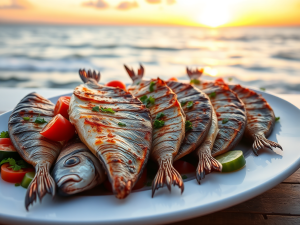
Cooking Tips
To get the most out of lavraki, here are some helpful cooking tips:
- Freshness is Key: Always choose the freshest fish available. Look for clear eyes, shiny skin, and a mild scent of the sea.
- Marinate Wisely: When marinating, avoid overly acidic mixtures that can “cook” the fish too much. A light marinade enhances flavor without overpowering the delicate taste of lavraki.
- Temperature Matters: Use a meat thermometer to ensure that the internal temperature of the fish reaches 145°F (63°C) for safe consumption.
Conclusion
Lavraki stands out as a culinary gem. With its mild flavor, versatile cooking methods, and health benefits, it is a fish worth exploring. Whether grilled, baked, served as ceviche, or included in soups and stews, lavraki offers a taste of the sea that is both satisfying and nourishing. Embrace this delightful fish and enjoy the rich flavors it brings to your table, while also supporting sustainable fishing practices for future generations.
